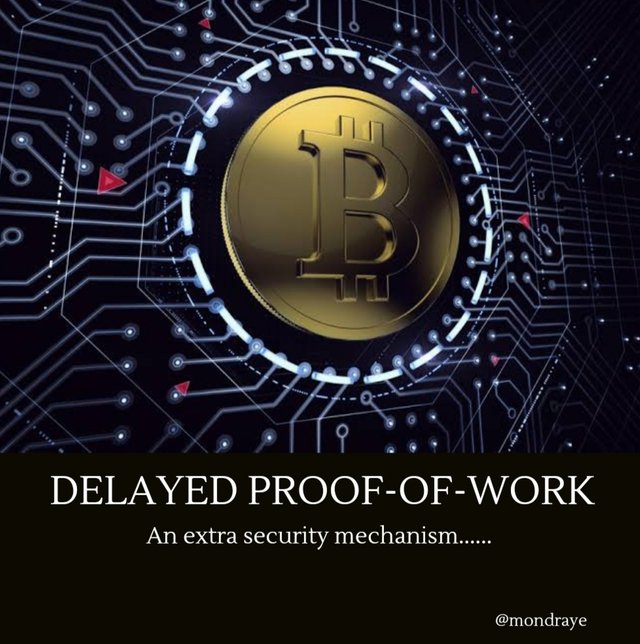Delayed proof-of-work (dPoW)

The Komodo project developed a security measure known as delayed proof of work (dPoW). It's essentially a tweaked Proof of Work (PoW) consensus algorithm that makes advantage of the Bitcoin blockchain's hashpower to improve network security. Komodo developers can use dPoW to secure not only their own network, but also any future third-party chains that join the Komodo ecosystem. In reality, any project that constructs an independent blockchain utilizing a UTXO paradigm can use dPoW.

By using Bitcoin's hash rate, the dPoW security mechanism was designed and incorporated into the Zcash code base, allowing zero-knowledge privacy and boosting network security.
The Komodo system takes ten-minute snapshots of its own blockchain. The snapshot is then notarized and written into a block on the Bitcoin network. In essence, this procedure produces a backup of the entire Komodo system, which is then saved on the Bitcoin blockchain.
By performing a transaction on the Komodo chain, Komodo's community-elected notary nodes write a block hash from each dPoW-protected blockchain onto the Komodo ledger. The notary nodes use the OP RETURN command to store a single block hash on the Komodo chain.
The notary nodes choose a ten-minute-old block hash to verify that the whole network agrees the block is genuine. Each blockchain's network still has to come to an agreement on each block. The notary nodes merely keep track of the block hash from a previously mined block.
The notary nodes then write a Komodo chain block hash to the Bitcoin ledger. Executing a BTC transaction and using OP RETURN to write the data into a block on the Bitcoin chain completes the operation.
When Bitcoin is notarized, Komodo's notary nodes write block data from the BTC chain back onto the chains of all other protected chains. At this time, all reorganizations that seek to modify a notarized block will be rejected by the network.
dPoW is currently only used with Bitcoin, but it has the potential to be utilized with any other blockchain that uses a UTXO paradigm to improve security and features.

| dPoW | PoW |
|---|---|
| dPoW is not regarded as a concensus algorithm but as an added security to the PoW concensus algorithm | PoW is purely a consensus algorithm. |
| The dPoW is used in resetting the consensus rules of a blockchain | The PoW is not used in resetting the consensus rules of a blockchain because it is a consensus on its own. |
| dPoW only has to do with added security on a blockchain and has nothing to do with mining. | Mining on PoW based blockchains are very difficult and expensive because miners are always required to solve a complex mathematical puzzle using expensive ant sophisticated technologies. |
| dPoW has no part to play in the production of new cryptocurrencies | PoW has every part to play in the production of new cryptocurrencies through mining. |
| The dPoW helps in backing up data on the blockchain | The PoW doesn't back up data. Instead it serves as a form of security method on the blockchain. |

The dPoW is a security mechanism on the blockchain that ensures frequent backups in other to help recover blockchain data incases of hacks or attack. This makes the dPoW very important to the blockchain as it adds extra security of the blockchain system.
10% to @Tron-Fan-Club
Tweet link
https://twitter.com/SonOfMaaan/status/1533916961356357635?s=19
Wow this is the first i am hearing of the delayed PoW. Good work
That's why we are here. To keep learning new things.
I'm glad you have learnt one today.